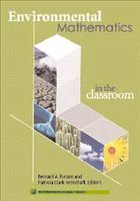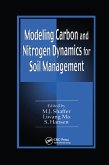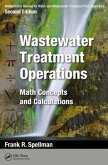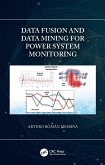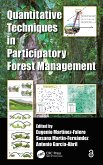Environmental Mathematics seeks to marry the most pressing challenge of our time with the most powerful technology of our time - mathematics. This book does this at an elementary level and demonstrates a wide variety of significant environmental applications that can be explored without resorting to calculus. Environmental Mathematics in the Classroom includes several chapters accessible enough to be a text in a general education course, or to enrich an elementary algebra course. Ground-level ozone, pollution and water use, preservation of whales, mathematical economics, the movement of clouds over a mountain range, at least one population model and a smorgasbord of 'newspaper mathematics' can be studied at this level and would form a stimulating course. It would prepare future teachers not only to learn basic mathematics, but to understand how they can integrate it into other topics that will intrigue students.
Table of contents:
1. Environmental news teaches mathematics Barry Schiller; 2. Using real-world data to understand environmental challenges I. B. Fetta; 3. The price of power C. Schaufele and N. Zumoff; 4. Environmental detective work Charles Hadlock; 5. Modeling ground-level ozone trends J. V. Rauff; 6. The case of the white buffalo J. Fleron and D. Hoagland; 7. Populations, invasions and infections M. E. Walter; 8. Boom M. Moazzam; 9. Age-structured population models W. D. Stone; 10. Environmental economics and water G. H. Rowell; 11. Mathematics of oil spills D. E. Miller and J. E. Snow; 12. Geometry measures tank capacity Y. Nievergelt; 13. Lead poisoning in humans R. S. Cole; 14. Predicting weather for coastal mountains M. Folkoff, D. C. Cathcart and S. M. Hetzler.
Environmental Mathematics seeks to marry the most pressing challenge of our time with the most powerful technology of our time - mathematics. This book does this at an elementary level and demonstrates a wide variety of significant environmental applications that can be explored without resorting to calculus.
Resources for teachers of mathematics to enrich their courses with environmental issues.
Hinweis: Dieser Artikel kann nur an eine deutsche Lieferadresse ausgeliefert werden.
Table of contents:
1. Environmental news teaches mathematics Barry Schiller; 2. Using real-world data to understand environmental challenges I. B. Fetta; 3. The price of power C. Schaufele and N. Zumoff; 4. Environmental detective work Charles Hadlock; 5. Modeling ground-level ozone trends J. V. Rauff; 6. The case of the white buffalo J. Fleron and D. Hoagland; 7. Populations, invasions and infections M. E. Walter; 8. Boom M. Moazzam; 9. Age-structured population models W. D. Stone; 10. Environmental economics and water G. H. Rowell; 11. Mathematics of oil spills D. E. Miller and J. E. Snow; 12. Geometry measures tank capacity Y. Nievergelt; 13. Lead poisoning in humans R. S. Cole; 14. Predicting weather for coastal mountains M. Folkoff, D. C. Cathcart and S. M. Hetzler.
Environmental Mathematics seeks to marry the most pressing challenge of our time with the most powerful technology of our time - mathematics. This book does this at an elementary level and demonstrates a wide variety of significant environmental applications that can be explored without resorting to calculus.
Resources for teachers of mathematics to enrich their courses with environmental issues.
Hinweis: Dieser Artikel kann nur an eine deutsche Lieferadresse ausgeliefert werden.

